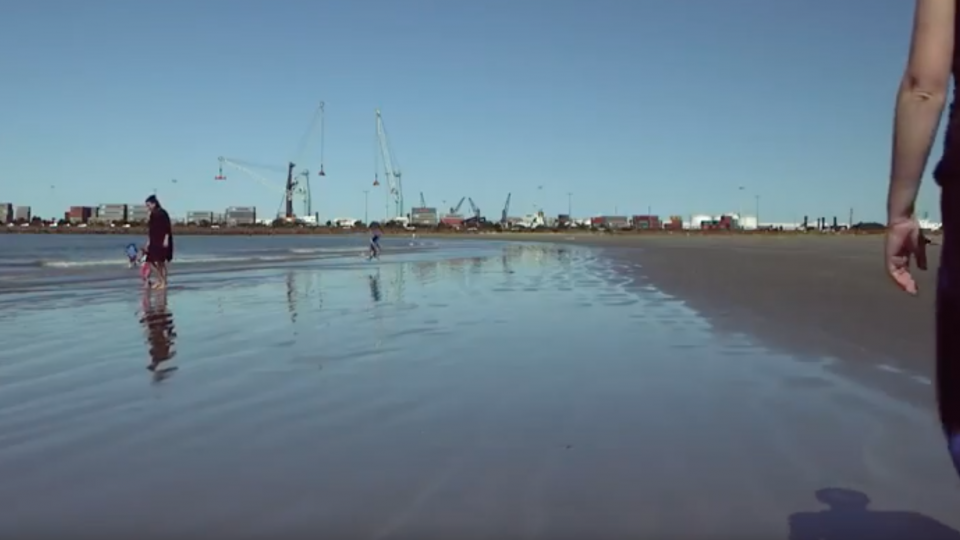patients,
friends & family
PINC & STEEL is more than just helping people after cancer, it is about giving hope, strength and courage.
physios &
professionals
PINC & STEEL is more than just helping people after cancer, it is about giving hope, strength and courage.
Treatments for cancer typically include
surgery, chemotherapy, radiation therapy and endocrine therapies.
The effects of these treatments commonly cause many patients to develop unwanted side effects leading to significant negative impacts on quality of life. Treatment effects may lead to physical impairments including pain, fatigue, lymphedema, weakness, restricted range of motion, joint pain, and osteoporosis. Treatment is also known to adversely affect physical function, body weight and cardiovascular health. These impairments may adversely affect a persons participation in activities of daily living and employment and negatively affect healthy lifestyle behaviors such as regular exercise.
About Cancer Rehab
Cancer Rehabilitation is a low cost, high impact intervention that reduces disability and improves quality of life.
Impairments that may be relatively easily addressed by rehabilitation interventions if detected early can become very difficult and costly to treat if they have progressed over weeks, months or years.
There is a myriad of evidence to show that cancer rehab can prevent unnecessary disability and improve everything from side effects of chemotherapy and radiation treatment, to cancer related fatigue, to peripheral neuropathies to improving pain and psychological wellbeing.
PINC & STEEL Cancer Rehabilitation Physio's focus is on supporting the whole patient, not just addressing their cancer. They will assess each person individually for the impact of their surgery and cancer treatments and the physical and functional limitations these may have caused.
Our certified Physiotherapists help to educate each person on the prevention and early detection of common treatment-related impairments as well as educate about exercise and health promoting behaviours.
An individualised exercise program can be prescribed for independent exercise and supervised exercises throughout the course of cancer treatment, aimed at improving function and preventing impairments related to treatment.
Cancer rehabilitation is an essential component of cancer care.
It doesn't matter whether people are currently undergoing treatment, their treatment is completed or they live with cancer as a chronic illness - Everyone should have the opportunity to rehabilitate to help them live as fully and actively as possible.
Latest Research
It is incredible to think that just by taking the simple step of getting involved in physical activity, people affected by cancer could be helping themselves to overcome a whole host of short and long-term physical and physiological problems.
What’s more, in some cases it can significantly reduce the risk of dying from the disease.
Here are the results of a recent systematic review of over 100 research studies investigating the impact of exercise on the prognosis and wellbeing of thousands of people with cancer:
-
Exercise after a cancer diagnosis is associated with a reduction in cancer related death by up to 44%
-
Exercise may also reduce the risk of cancer recurrence by up to 35%
-
Exercise is the number one treatment for the most common and debilitating side effects of cancer
-
Emerging data that exercise during cancer treatments can improve the effectiveness & completion rates of chemotherapy
The apparent protective effect of exercise was observed in multivariable adjusted analyses –which included different cancer stages, treatments, smoking status, BMI, and co-morbidities.
150 minutes of moderate physical activity per week plus 2 to 3 resistance workouts is recommended.
If you aren’t hitting these targets you should seek support to help you incorporate more activity into your week.
It is recommended in the research that exercise should be individually tailored and progressed. The type, intensity and duration of activity should be prescribed by a cancer rehab health professional to safely and effectively manage your return to fitness. Exercise is a priority but it needs to invigorate you, not wear you out.
Cured but at what cost?
Cured– but at what cost?
The numbers of people getting diagnosed with cancer are increasing. These numbers are expected to double over the next 20 years. Many more people are also expected to survive cancer by 2020.
While it is clearly good news that more people are surviving cancer, progress can be a double-edged sword.
There is another vital aspect of the changing cancer story.
The majority of those living with cancer will face poor health or have some physical or emotional problem after cancer treatment.
Revealing the scale of the problem also shows people experiencing these issues that they are not alone and we hope will encourage them to seek information and support. The current low profile of long-term consequences of cancer and its treatment means some of those affected are reluctant to report them, particularly if they feel grateful to be free of cancer.
It is good that we are curing more people of cancer. But we have to recognise ‘not dying’ is not the same as ‘being well’.
No one should face the often severe long-term effects of cancer alone.
Why exercise?
Fact: there is no medication or treatment that can positively influence as many body systems as exercise can
An exercise pill would be the most widely prescribed medication in the world
"Cancer patients would be shocked if they knew just how much of a benefit physical activity could have on their recovery and long term health, in some cases reducing the chances of having to go through the grueling ordeal of treatment all over again." Prof Rod MacLeod, Hibiscus Hospice
Research shows that remaining physically active is a very important component in your recovery from cancer and the effects of its treatment. Avoiding inactivity is key.
A combination of over 60 randomised controlled trials demonstrates strong evidence of exercise as an effective therapy to counteract cancer treatment-related side effects and improving a patient’s functional ability and quality of life, regardless of the stage of the cancer.
Watch these personal stories to find out more
about how cancer rehabilitation can help individuals affected by cancer.





